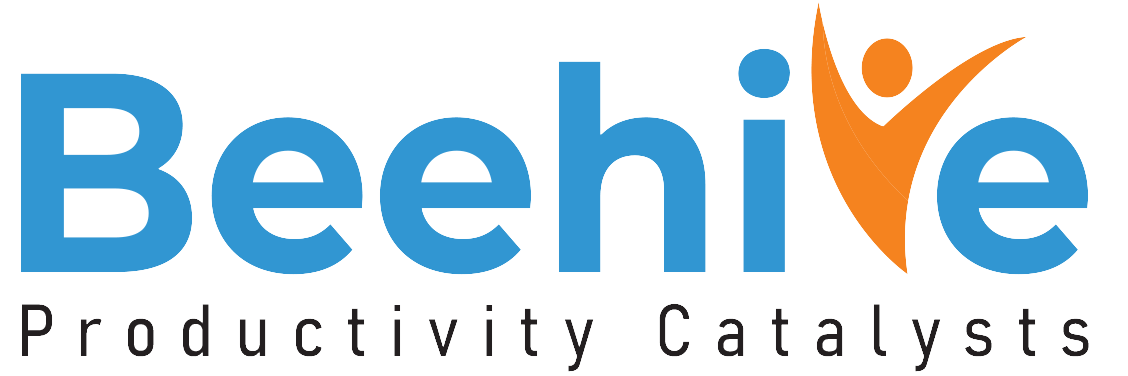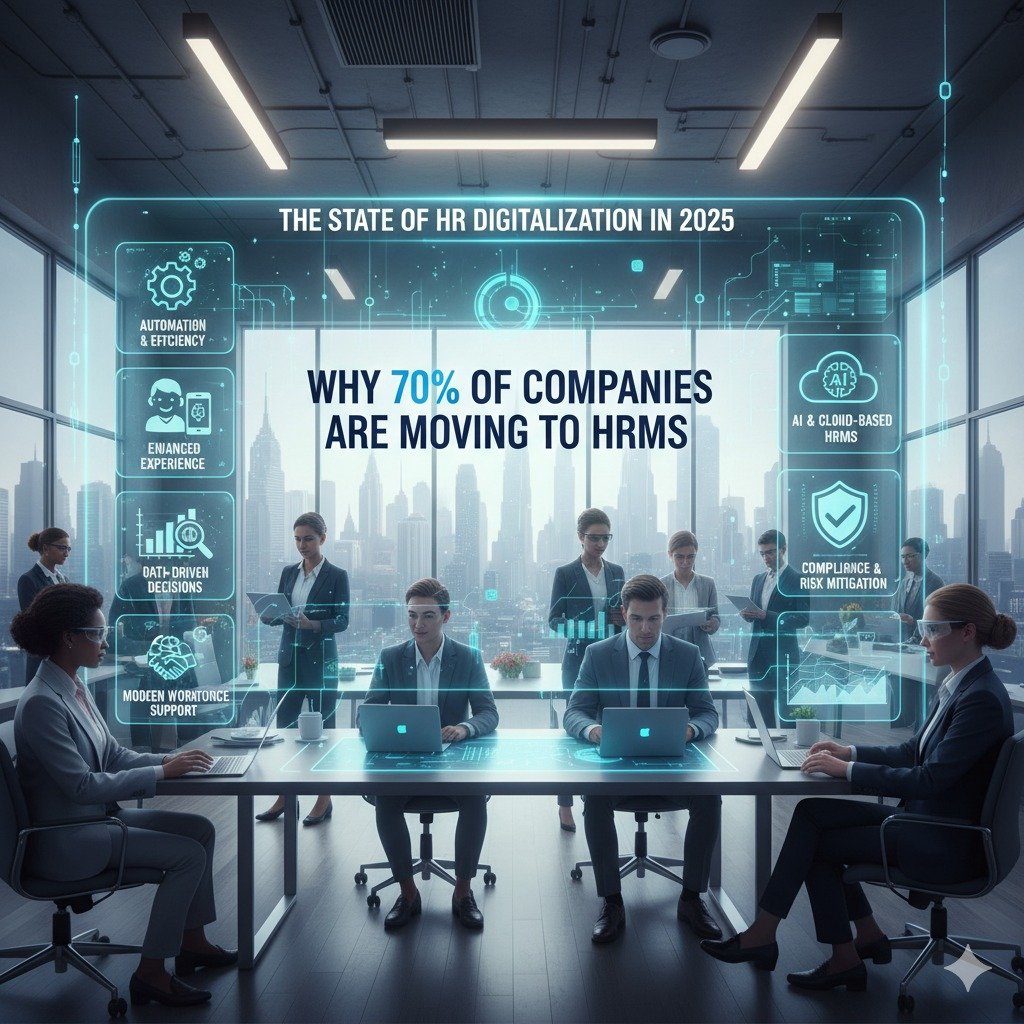Not missing breaks can boost performance
Many workplaces see taking breaks as a sign of weakness while skipping lunch is framed as dedication. Being “always available” is praised. Responding to emails during personal time is normalized.
Somewhere along the way, we bought into the myth that constant activity equals higher performance. But it doesn’t.
In reality, not missing your breaks is one of the smartest ways to boost performance.
Surveys suggest that rest fuels resilience, creativity, decision-making, and productivity. Skipping breaks depletes cognitive capacity, increases errors, and leads to burnout. The ROI of rest is a business-critical strategy for organizations that want to thrive in the modern world of work.
The productivity myth of skipping breaks
In many organizations, there’s an unspoken belief that more hours equal more output. But this belief is fundamentally flawed. The human brain is not designed for sustained cognitive output without recovery. Skipping breaks leads to:
- Declining attention and focus
- Increased decision fatigue
- Reduced creativity
- Higher error rates
- Poorer interpersonal interactions
The longer we push without rest, the less effective we become.
The illusion of employee productivity means more emails sent, more time in meetings but the actual quality of work deteriorates. And when this pattern becomes chronic, the costs grow exponentially.
The science behind the ROI of rest
Decades of research across neuroscience, psychology, and organizational science confirm that rest is foundational for high performance. The brain operates in cycles of focus and recovery. Pushing beyond these natural limits leads to diminishing returns.
A few key findings:
- Cognitive capacity begins to decline sharply after 60-90 minutes of sustained focus without a break.
(Source: DeskTime productivity study) - Taking short breaks every 90 minutes can improve employee productivity by 13-25%.
(Source: University of Illinois research) - Mental fatigue impairs decision-making as much as alcohol. Fatigued employees are more likely to make mistakes, overlook details, and engage in reactive behaviour.
(Source: Journal of Occupational Health Psychology) - Rest activates the brain’s default mode network, which is critical for creativity and insight generation. Without downtime, employees lose their ability to think strategically or innovatively.
- Sleep-deprived employees are significantly less productive, more likely to take sick leave, and more prone to burnout. Protecting time for rest outside of work is equally important.
In short, skipping breaks doesn’t save time rather sabotages performance. The brain and body need recovery to sustain output.
The business case for building breaks into culture
When organizations treat rest as an employee’s responsibility, they miss a massive opportunity to drive performance. The business case for making employee wellbeing a strategic priority is strong (Source: Gallup)
- Teams that take regular breaks report higher engagement, more innovation, and better collaboration.
- Burnout is one of the top drivers of attrition in today’s workplace. Employees are 35% more likely to stay with organizations that don’t have a hustle culture.
- Companies that build recovery into their culture see lower healthcare costs, lower absenteeism, and higher employee productivity. The financial ROI of rest is measurable and significant.
- Leaders who model and protect breaks foster higher trust and psychological safety. This adds to improved team performance and resilience.
Ignoring the connection between recovery and performance creates hidden costs:
- Increased errors and rework
- Higher turnover
- More sick leave
- Poorer decision-making at critical moments
- Loss of innovation capability
Leaders who want sustainable high performance treat it as a core driver of business outcomes.
How recovery drives sustainable high performance
Sustainable high performance is about maintaining output and energy over time. Recovery is the foundation of this approach. It allows employees to:
- Stay focused and effective.
- Process and integrate learning from work experiences.
- Tap into creativity and innovation.
- Build emotional resilience to handle stress and challenges.
Maintain long term wellbeing and engagement.
Without recovery, employees enter a cycle of diminishing returns:
Long work hours → fatigue → drop in quality → more mistakes → more hours needed → burnout risk escalates.
Building intentional recovery into the workday and the wider work culture breaks this cycle. It enables employees to perform at their best, consistently.
Changing leadership behaviour around rest
No cultural shift succeeds without leadership buy-in. Employees take their cues from leaders. If managers skip breaks, employees will feel pressured to do the same, no matter what official policies or wellness programs exist.
Leadership training should include education on the science of rest and its link to performance. Also, leaders should use team meetings and 1:1s to discuss workload, recovery and not just task completion.
Five strategies to design workplaces that prioritize recovery
Moving from a break-hostile culture to a break-positive one requires intentional design. Here are five strategies organizations can adopt to embed recovery into the way work happens:
First, build recovery time into the flow of the workday. Encourage employees to take short breaks between periods of focused work. Design meeting schedules to allow time for reflection and reset, not just back-to-back video calls.
Second, protect boundaries around non-working hours. Leaders should model healthy disconnecting behaviours and support team norms that respect personal time.
Third, make recovery part of performance conversations. Encourage managers to ask employees about their work management. Recognise and reward sustainable work practices.
Fourth, design work itself for sustainability. This means auditing workloads to ensure they are realistic. When work is designed well, employees have space to recover.
Finally, provide education and tools to help employees manage their energy and recovery. This can include training on the science of rest, access to recovery-supportive resources, and ongoing encouragement from leadership.
Making these practices part of your work culture helps prevent problems instead of fixing them later.
How Beehive HRMS helps organizations build rest-positive cultures
Shifting to a culture with workplace burnout prevention requires both behavioural change and system-level visibility. Beehive HRMS provides the tools and insights to make this possible at scale. With Beehive HRMS, organizations can:
- Monitor workload trends and flag teams at risk of burnout due to sustained overwork
- Track employee engagement and energy levels through regular pulse surveys and sentiment analysis
- Equip managers with actionable insights to manage workloads sustainably and support recovery
- Integrate recovery-focused practices into performance management and leadership development programs
- Build recognition and reward systems that celebrate sustainable performance, not just raw output
Beehive’s outcome-based performance tracking also helps shift the culture away from activity for activity’s sake and toward real value creation.
Reflection
In a world obsessed with doing more, faster, it may seem counterintuitive to focus on breaks and recovery. But this is precisely why it’s so important.
The best-performing organizations don’t squeeze most hours out of their employees. They unlock the most value from their people and value cannot be created without energy, focus, and employee wellbeing. The smartest leaders build cultures where rest is not an afterthought, but a strategic driver of sustainable high performance.
The question is: Are you building a workplace that fuels performance through wellness or drains it through relentless pressure?
The ROI of rest is real and Beehive HRMS gives you the tools to realize it. Let’s turn good intentions into measurable impact.






